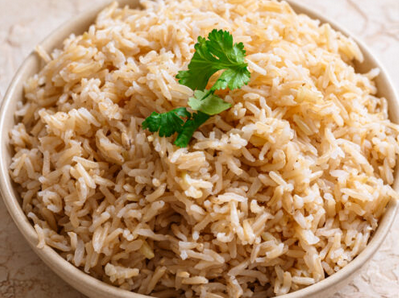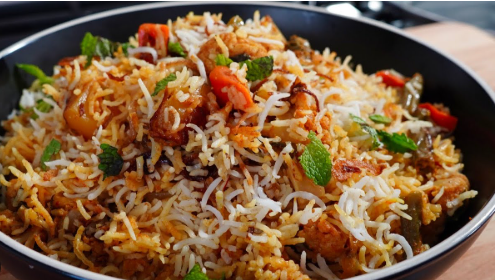Cooking is not simply a task—it’s a precision-driven art and an empirical exploration. When you’re diving into the aquatic realm of crustaceans, especially with the singular goal of mastering how to cook prawns, you enter a world that combines biology, chemistry, and culinary finesse. This comprehensive, technically articulate guide will walk you through a streamlined approach to preparing garlic butter prawns with unparalleled flavor accuracy and consistency.
How to cook prawns recipe
Section 1: Prawn Primer – Understanding the Specimen
Before discussing how to cook prawns, it’s imperative to understand your ingredient. Prawns are decapod crustaceans, closely related to shrimp, characterized by their gill structure and reproductive system. In culinary vernacular, they are often interchangeably labeled. However, for cooking purposes, both serve similarly.
For this recipe, the anatomical integrity of the prawns—complete with tails—adds both aesthetic and textural benefits. Approximately one pound of prawns is an optimal portion for this procedural demonstration.

Section 2: Ingredient Inventory and Measured Preparations
To ensure the highest efficiency in execution, assemble the following components:
1 lb raw prawns (tail-on, peeled and deveined)
1 stick unsalted butter
4 garlic cloves (minced)
2–3 tbsp avocado oil
1 tsp paprika
1 tsp garlic powder
1 tsp onion powder
1 tsp lemon pepper
1 tsp ground black pepper
1 tsp Italian seasoning
½ tsp salt (to taste)
1 tbsp dry parsley (or fresh equivalent)
Understanding how to cook prawns means acknowledging the flavor potential derived from spices and the thermal response of prawns to heat. Each seasoning contributes specific aromatic and savory components designed to create a layered flavor profile.
Section 3: Pre-Cooking Preparation Protocol
Step 1: Oil and Seasoning Distribution
Commence the process by applying a minimal amount of neutral oil (avocado oil preferred for its high smoke point) to the prawns. Manually integrate seasonings, ensuring uniform surface coverage.
Step 2: Pan-Activation
Activate a heavy-bottomed skillet over medium-high heat. Once thermally primed (approximately 375°F), dispense 2–3 tablespoons of avocado oil into the pan, ensuring full base coverage.
Section 4: Execution – The Thermal Cooking Phase
Place the prawns in the skillet in a single layer. Cook each side for precisely one minute. Optimal results occur when prawns exhibit curled bodies, opaque centers, and orange-pink tails. Internal temperature should reach 120–125°F for doneness without toughness.
Repeat for remaining batches. Once all prawns are thermally processed, set aside to avoid overcooking during the secondary phase.

Section 5: Sauce Synthesis – Constructing the Garlic Butter Matrix
Utilize the residual heat and flavor bits in the skillet for your sauce base.
Melt 1 stick of unsalted butter.
Introduce the minced garlic into the fat matrix. Cook for 30 seconds, allowing volatile aromatics to release.
Stir in dry parsley.
Reintroduce cooked prawns to the skillet. Toss uniformly, allowing each prawn to be coated with the garlic butter infusion.
This phase exemplifies the importance of emulsion and layering. The integration of melted butter with garlic establishes a glossed, rich exterior while simultaneously enhancing olfactory reception.
Section 6: The Science Behind Cooking Prawns
To master how to cook prawns is to understand their biochemical nature. Prawns are high in protein but low in connective tissue. This means they respond quickly to heat—too little yields undercooked, gelatinous texture; too much, and the protein contracts excessively, producing a rubbery finish.
Therefore, the optimal cooking window is small—precisely why you must adhere to time-controlled exposure on each side.
Section 7: Common Errors in Cooking Prawns
Overcrowding the skillet – leads to steaming rather than searing.
Overcooking – toughens texture.
Low heat application – fails to initiate Maillard reaction.
Learning how to cook prawns isn’t just about flavor—it’s about avoiding these frequent mistakes that compromise dish integrity.
Section 8: Optional Enhancements and Pairings
To elevate the flavor profile of this dish, consider:
A dash of chili flakes for heat
Zest of a lemon for citrus brightness
White wine reduction prior to butter addition for complexity
Pair this dish with jasmine rice, garlic noodles, or a warm quinoa salad for nutritional symmetry.
Conclusion
The path to mastering how to cook prawns is paved with attention to detail, understanding of ingredient behavior, and respect for culinary mechanics. This garlic butter prawn recipe, while deceptively simple, demands precision at every stage—from seasoning distribution to heat application.
Let this be your foundational guide to not only cooking prawns—but cooking them to perfection.

